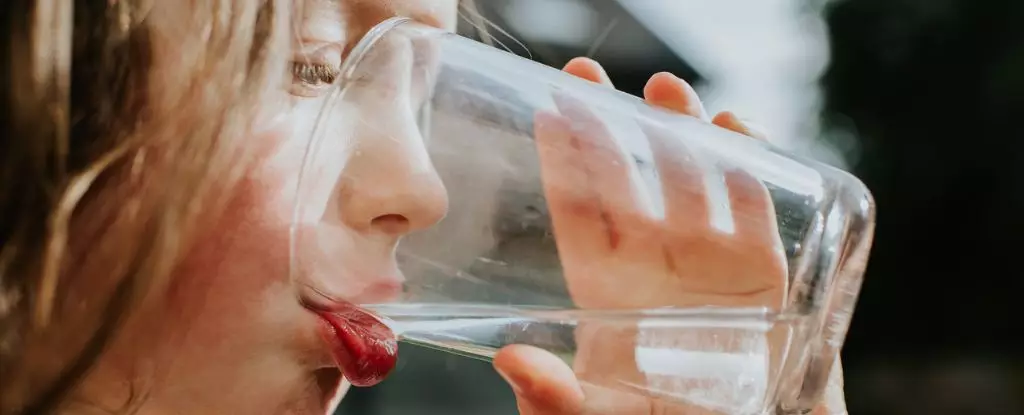The issue of plastic pollution in our oceans and waterways is a growing concern, not only for the environment but also for human health. Recently, researchers at the University of Missouri have developed a potentially sustainable and safe method for removing microscopic pollutants from water, particularly nanoscopic polystyrene beads. Using natural liquid ingredients with low toxicity, the team was able to remove approximately 98 percent of these tiny plastic particles from both fresh and saltwater sources.
The groundbreaking technique involves the use of a specially engineered solvent that floats on the surface of water, similar to oil. By mixing this liquid with water contaminated with microplastics, the particles are attracted to the solvent and carried to the surface. This allows for easy removal of the plastic-laden top layer of liquid, effectively cleansing the water of nanoplastic pollutants. In saltwater samples, the method proved even more efficient, with a 99.8 percent removal rate of polystyrene particles.
Nanoplastics, particles smaller than a micrometer, have been found in various sources of water, including tap water and bottled water. These microscopic plastic pieces can enter natural ecosystems through various means such as rivers, drainage networks, tire abrasion, agriculture runoff, and wastewater treatment plants. The prevalence of nanoplastics in bodies of water worldwide poses a significant threat to aquatic ecosystems and the food chain, ultimately impacting both wildlife and human health.
The Need for Sustainable Solutions
Removing nanoplastics from the environment is a complex task, as highlighted by recent research efforts in China exploring the removal of nano- and microplastics through boiling tap water. While such methods may work on a small scale, they are not practical for larger bodies of water. The innovative technique developed by researchers at the University of Missouri offers a more scalable and efficient solution to nanoplastic pollution. By utilizing a designer solvent to absorb plastic particles from a large volume of water, the method shows promise for addressing the widespread issue of plastic contamination in water sources.
As the research team looks to further develop and refine their technique, one key area of focus is understanding the maximum capacity of the solvent used to absorb nanoplastics. By expanding their knowledge of the solvent’s capabilities, researchers aim to optimize the method for broader applications and potentially explore its effectiveness in removing other types of pollutants, such as forever chemicals. The ongoing research at the University of Missouri represents a step forward in the quest for sustainable water purification solutions that can effectively combat the growing threat of plastic pollution in our waterways and beyond.

Leave a Reply